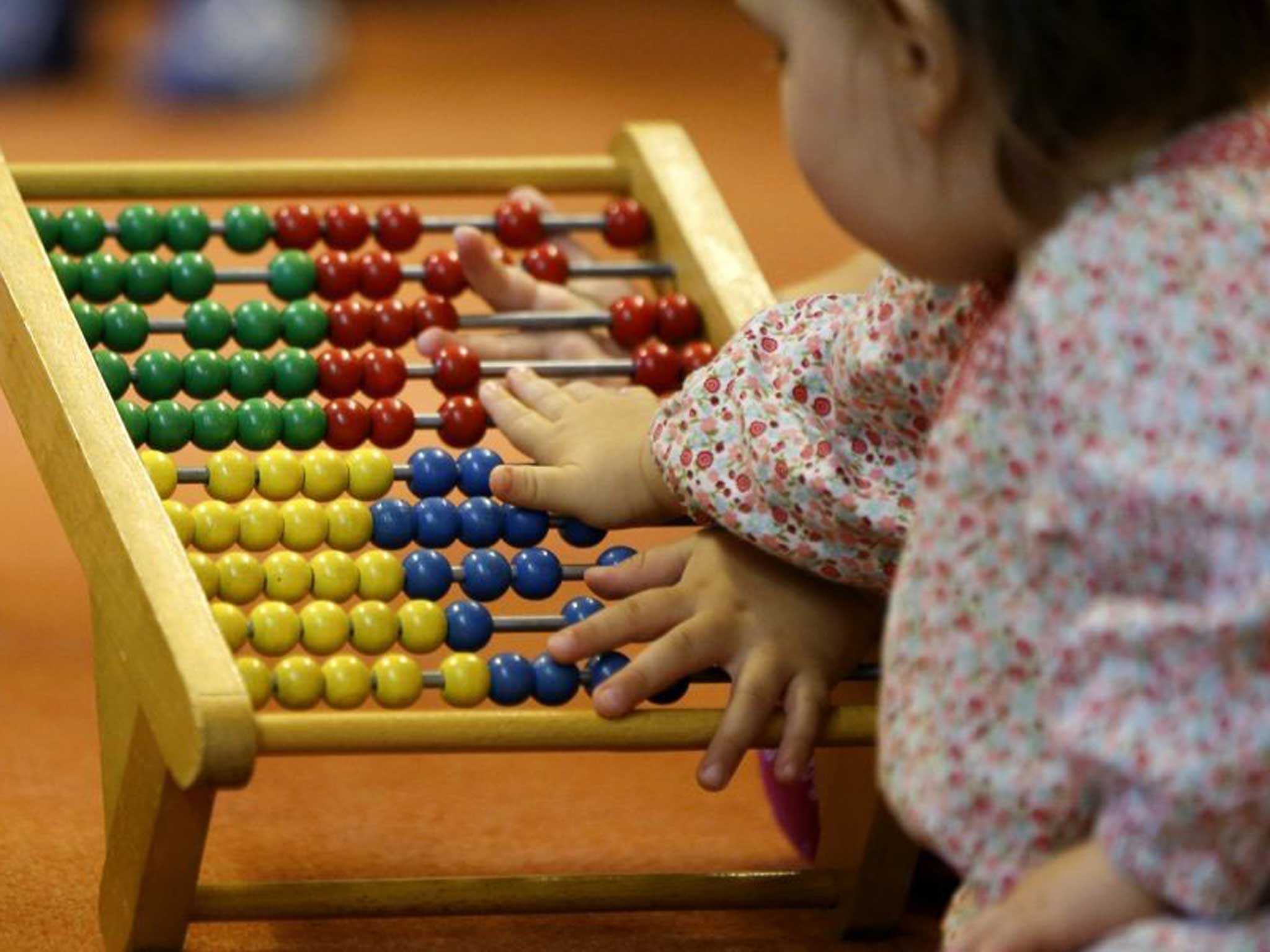How to get a nicer ISA to boost your children's savings
Tax-free accounts for youngsters can provide wildly differing returns, so find a good deal

Your support helps us to tell the story
From reproductive rights to climate change to Big Tech, The Independent is on the ground when the story is developing. Whether it's investigating the financials of Elon Musk's pro-Trump PAC or producing our latest documentary, 'The A Word', which shines a light on the American women fighting for reproductive rights, we know how important it is to parse out the facts from the messaging.
At such a critical moment in US history, we need reporters on the ground. Your donation allows us to keep sending journalists to speak to both sides of the story.
The Independent is trusted by Americans across the entire political spectrum. And unlike many other quality news outlets, we choose not to lock Americans out of our reporting and analysis with paywalls. We believe quality journalism should be available to everyone, paid for by those who can afford it.
Your support makes all the difference.It's two years since junior ISAs (tax-free savings and investment accounts for children) were launched. It's fair to say they're not a runaway success as just under 300,000 have been taken out since launch, according to Government figures.
However, the millions of parents whose offspring have child trust funds (CTFs), the previous government's tax-free savings account for children, may be losing out. That's because rates on some CTFs have fallen while other providers with competitive rates on junior ISAs don't offer a child trust fund equivalent.
The rules say your child can only have a junior ISA or a child trust fund, not both, and you can pay up to £3,720 into either of them in the current tax year.
The Government is consulting on letting parents transfer CTFs into junior ISAs and, hopefully, George Osborne will give the go-ahead in the Autumn Statement next month. But at the moment it's not something you can do. So how can you maximise the return on your child's savings?
Junior ISAs – best rates
You can invest money for your child through a stocks and shares junior ISA, rather than save it, and you should do better over the longer term. However, investment returns aren't guaranteed and cash junior ISAs are still popular with parents.
You can easily get an account paying three per cent or more on a cash junior ISA, although the top payer, Halifax's junior ISA, pays double that at six per cent.
The catch is that you have to have at least £1 in an adult cash ISA with Halifax. If you don't, the rate drops to three per cent.
Coventry building society's junior ISA pays 3.25 per cent, while Nationwide pays 3.25 per cent until the end of January 2015, when the rate falls to 2.1 per cent.
Mansfield and Skipton building societies both pay a smidge over three per cent at 3.05 and 3.02 per cent respectively.
As with ordinary cash ISAs, you can transfer a junior cash ISA for a better rate although not all providers (Nationwide is one example) take transfers in.
Check your child trust fund rate
If you have an older child who has a child trust fund, the rate may well have fallen – possibly sharply.
But you can still get three per cent interest for the first year, then 2.3 per cent, from the Yorkshire building society. An alternative is Skipton building society, at 2.65 per cent. Both these accounts accept transfers in from existing CTFs.
Tax-free interest
Contrary to popular belief, you don't need to take out a junior ISA or child trust fund for your child to get interest paid tax-free. Like adults, all children have a personal allowance (currently £9,440), which means they can earn up to this level in income without paying tax.
So, unless your child is earning, they can have many thousands in the bank before they'd have to pay tax on the interest.
However, there is a limit on how much parents can pay into their child's account (designed to stop them turning their children into their own personal tax havens).
The rules say each parent cannot generate more than £100 a year in gross interest from the amount that they pay into their child's savings account(s).
Getting interest paid tax-free
If you want interest on your child's account to be paid without the tax taken off, you have to fill in a form called R85, which is available from banks and building societies.
If your child has already paid tax on interest, they can claim it back using a form called R40.
Taxable accounts to consider
Halifax offers a taxable account paying six per cent for one year, but it's a regular saver account and you can only pay in between £10 and £100 a month. Lloyds bank is next with its Young Saver account paying three per cent on balances up to £20,000.
Verdict
The signs are that the Government will change the current nonsensical rules that ban transfers from a child trust fund into a junior ISA.
If it doesn't, check the interest rate on your child's current CTF and transfer it to another CTF provider if you can get a better rate. And if your child has generous relatives and can save more than the junior ISA/CTF allowance, use a taxable account but get interest paid tax-free.
Join our commenting forum
Join thought-provoking conversations, follow other Independent readers and see their replies
Comments